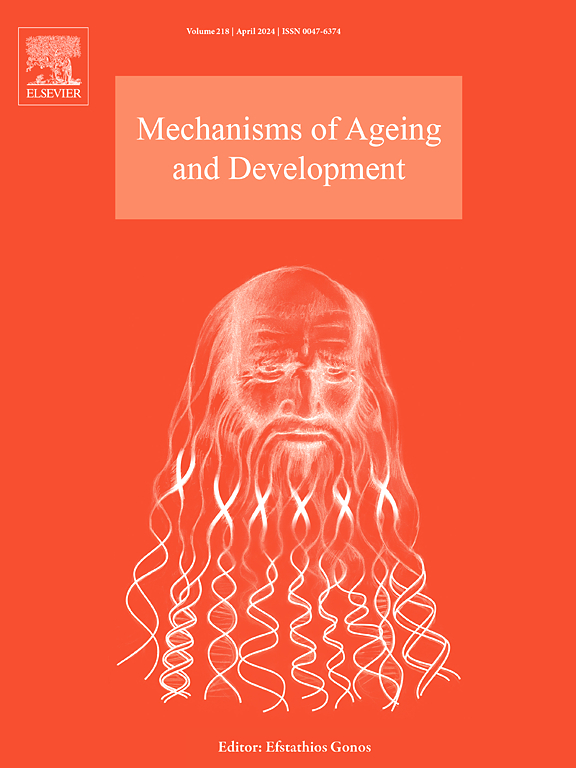Resveralogues protect HepG2 cells against cellular senescence induced by hepatotoxic metabolites
Abstract
Progressive liver disease and dysfunction cause toxic metabolites including ammonia and unconjugated bilirubin to accumulate in plasma. As the population ages alternatives to liver transplantation become increasingly important. One approach for use as a bridge to transplant or recovery is the use of bioartificial liver systems (BALS) containing primary or immortalised hepatocytes as ex-vivo replacements or supports for endogenous liver function. However, exposure to the hepatotoxic metabolites present in plasma causes the rapid failure of these cells to carry out their primary metabolic functions despite remaining viable. Hypothesizing that this loss of core hepatocyte phenotypes was caused by cell senescence we exposed HepG2 cell populations, grown in both standard two-dimensional tissue culture systems and in three dimensional cultures on novel alginate modified HEMA-MBA cryogels, to physiologically reflective concentrations of hepatotoxic metabolites and cytokines. HepG2 cells are forced into senescence by the toxic metabolites in under six hours (as measured by loss of thymidine analog incorporation or detectable Ki67 staining) which is associated with a ten to twenty-fold reduction in the capacity of the cultures to synthesise albumin or urea. This state of senescence induced by liver toxins (SILT) can be prevented by preincubation with either 2–5 µM resveratrol, its major in vivo metabolite dihydroresveratrol or a series of novel resveralogues with differential capacities to scavenge radicals and activate SIRT1 (including V29 which does not interact with the protein). SILT appears to be a previously unrecognised barrier to the development of BALS which can now be overcome using small molecules that are safe for human use at concentrations readily achievable in vivo.

 求助内容:
求助内容: 应助结果提醒方式:
应助结果提醒方式:


